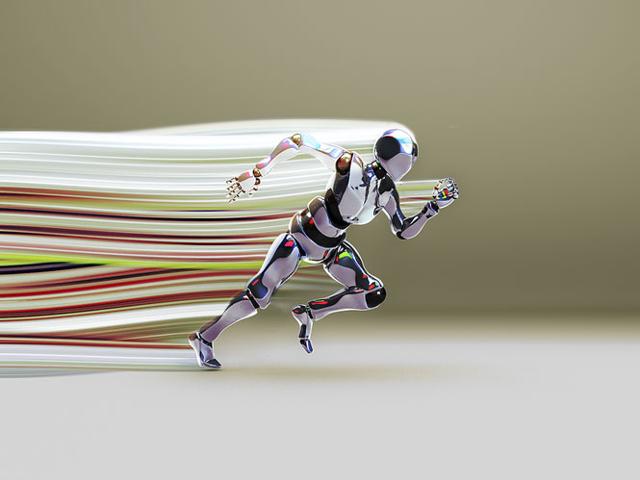 Scientists are developing robots with hairy electronic skin that can “feel” its surroundings, an advance that may give people with prosthetic limbs a better sense of touch.
Scientists are developing robots with hairy electronic skin that can “feel” its surroundings, an advance that may give people with prosthetic limbs a better sense of touch.
“We are interested in integrating the sensor into robotic arms for people with disabilities to give them the capability to feel a complex environment and handle things more easily,” said Lifeng Hao, a researcher at the Harbin Institute of Technology in China.
Human skin relies on hair for its sense of touch. Fine hair, which covers 95% of the human body, helps people feel the slightest breeze, Hao said.
To mimic the human sense of touch, researchers built artificial hairs using magnetic cobalt-based microwires — commonly used filaments that are as flexible as human hairs.
They found that minute pressure changes altered the orientation of magnetic particles in the microwires, influencing the electrical fields in nearby sensors.
The scientists embedded their artificial hairs in silicone rubber. In experiments, this synthetic, hairy skin could detect pressures that were induced by a 2.55 kilogram weight and a fly that only weighed about 0.015 grams.
The hairs also detected light breezes that had a wind speed of just 10.8 kilometres per hour, the ‘Live Science’ reported.
Researchers said that the ability of robotic or prosthetic hands to detect slip and friction is key to ensuring that these artificial limbs can hold items without dropping them.






